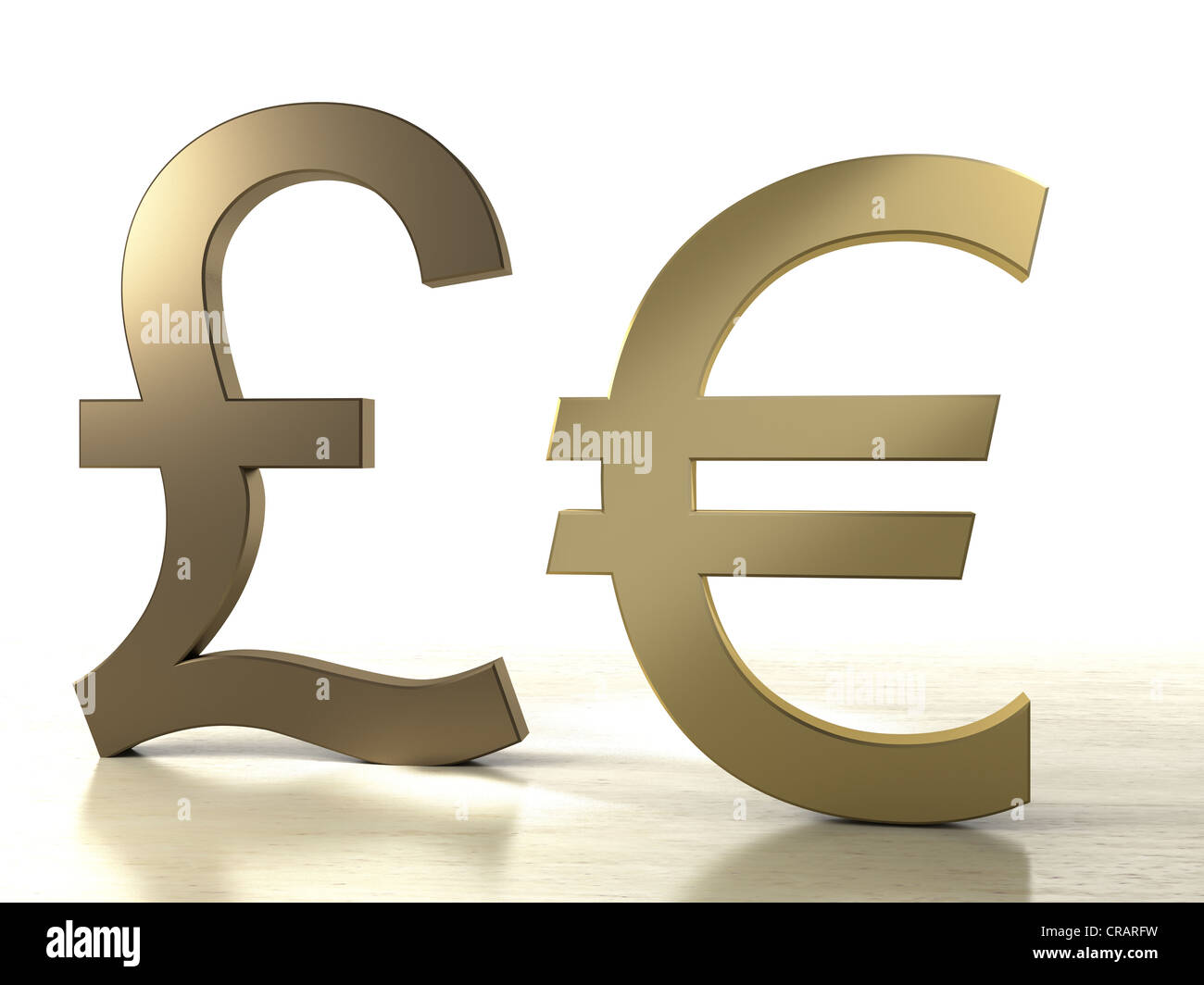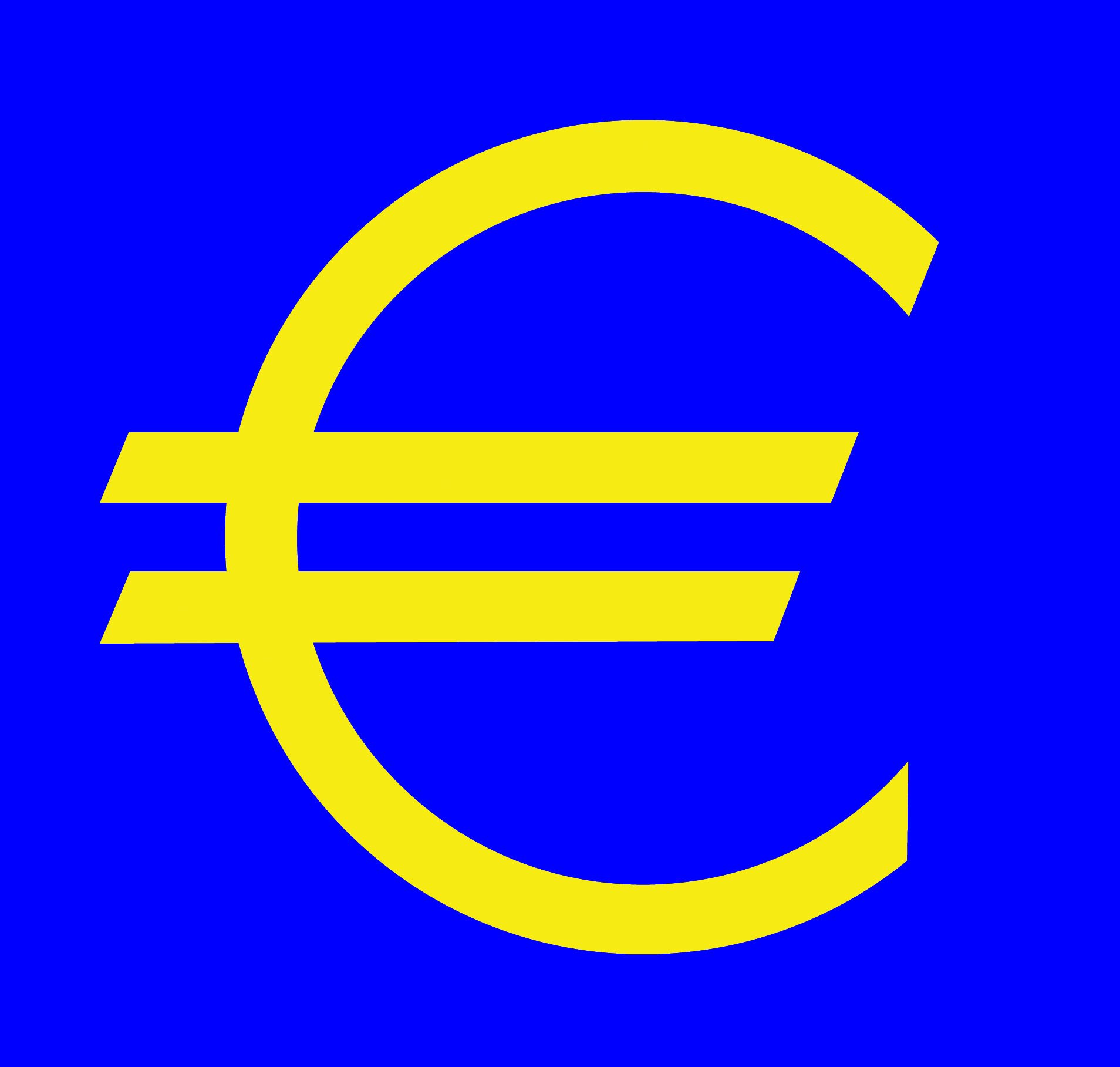Mastering The Euro Symbol: A Comprehensive Guide You Need To Know
Hey there, folks! Let’s dive into something that’s more than just a currency marker. The euro symbol (€) is more than just a pretty little icon on your keyboard. It’s a symbol of unity, economics, and global trade. Whether you’re a business owner, a traveler, or just someone curious about how symbols shape our world, understanding the euro symbol is essential. So, grab a coffee, sit back, and let’s unravel the magic behind this iconic currency marker.
Now, you might be wondering why the euro symbol even matters. Well, think about it. Every time you see that sleek "€," you’re reminded of the European Union, its policies, and the interconnectedness of modern economies. This symbol represents more than just money—it’s a reflection of how far we’ve come as a global society. Stick with me, and I’ll break it down for you in a way that’s easy to digest.
But before we dive deeper, let’s set the stage. The euro symbol isn’t just some random design choice. It’s a carefully crafted piece of typography that carries meaning, history, and purpose. Over the next few sections, we’ll explore its origins, design, usage, and everything in between. Sound good? Let’s get started!
Read also:9kmoviesliving The Ultimate Guide To Streaming Movies And Shows
What is the Euro Symbol All About?
In the simplest terms, the euro symbol (€) is the official currency symbol for the euro, which is used by 20 out of 27 EU member states. But it’s not just a marker for money—it’s a symbol of economic stability, unity, and progress. Introduced in 1999, the euro symbol has become one of the most recognizable currency markers worldwide. So, how did it come to be? That’s where things get interesting.
Origins of the € Symbol
The creation of the euro symbol was no accident. It was designed to reflect the rich history and culture of Europe. The symbol itself is inspired by the Greek letter epsilon (ϵ), which represents the first letter of the word "Europe." At the same time, it incorporates the familiar double lines seen in the dollar symbol ($), signifying stability and strength. Here’s a quick rundown of its origins:
- The € symbol was officially unveiled in December 1996.
- It was designed by a team led by Belgian artist Alain Billiet.
- The design went through multiple iterations before settling on the final version.
So, there you have it. The euro symbol isn’t just a random creation—it’s a blend of history, culture, and modern design.
Design and Typography of the € Symbol
When it comes to the design of the euro symbol, every detail matters. The sleek lines, the curves, and even the spacing are all carefully thought out. Here’s what makes the € symbol stand out:
Key Features of the € Symbol
- Two Parallel Lines: These represent stability and strength, much like the dollar symbol ($).
- Curved Stroke: The curved stroke is inspired by the Greek letter epsilon (ϵ), symbolizing Europe’s rich cultural heritage.
- Modern Font: The font used for the € symbol is clean and modern, making it easy to recognize across various mediums.
But why does the design matter? Well, in today’s digital world, typography plays a huge role in how we perceive symbols. The € symbol is designed to be both functional and aesthetically pleasing, ensuring it stands out in everything from invoices to digital displays.
How to Use the Euro Symbol Correctly
Using the euro symbol might seem straightforward, but there are a few rules to keep in mind. Whether you’re writing a formal document or typing a casual message, here’s how to get it right:
Read also:Tiger Yelling At Monkey The Untold Story Of Natures Dramatic Encounter
Placement and Formatting
- Before or After the Number? In most European countries, the € symbol is placed before the number (e.g., €50). However, some regions prefer placing it after (e.g., 50€).
- Spacing: There should be no space between the € symbol and the number (e.g., €50, not € 50).
- Font Size: Ensure the € symbol is the same size as the numbers or text it accompanies for consistency.
Pro tip: Always check the specific guidelines for the country or region you’re targeting to avoid any confusion.
Common Misconceptions About the Euro Symbol
There are a few myths floating around about the € symbol that need to be debunked. Here are some of the most common ones:
Myth vs. Reality
- Myth: The € symbol was created overnight.
Reality: It took years of research, design, and testing to finalize the symbol. - Myth: The € symbol is only used in Europe.
Reality: While it’s primarily used in the EU, the € symbol is recognized globally and can be found in financial documents worldwide. - Myth: The € symbol is difficult to type.
Reality: Most keyboards and software programs have built-in shortcuts for typing the € symbol.
Understanding these misconceptions can help you use the € symbol more effectively in your daily life.
Why the Euro Symbol Matters in Today’s Economy
In an increasingly globalized world, the euro symbol plays a crucial role in international trade and finance. Here’s why:
Global Impact of the € Symbol
- Unified Currency: The euro symbol represents a single currency used by millions of people across Europe, promoting economic stability and cooperation.
- International Recognition: The € symbol is instantly recognizable, making it easier for businesses and travelers to navigate financial transactions abroad.
- Technological Integration: With the rise of digital payments, the € symbol is now integrated into countless apps, websites, and platforms, ensuring seamless transactions.
As the world becomes more interconnected, the importance of the euro symbol only continues to grow.
How to Type the Euro Symbol on Different Devices
Whether you’re on a PC, Mac, or mobile device, typing the € symbol is easier than you think. Here’s how:
Keyboard Shortcuts for the € Symbol
- Windows PC: Press
Alt + 0128on the numeric keypad. - Mac: Press
Option + Shift + 2. - iPhone/iPad: Hold down the
Ekey on the keyboard, and select the € symbol from the options. - Android: Long-press the
Ekey on the keyboard, and choose the € symbol from the pop-up menu.
These simple shortcuts make typing the € symbol a breeze, no matter what device you’re using.
Real-World Applications of the Euro Symbol
From banking to travel, the € symbol is used in countless ways. Here are some of the most common applications:
Where You’ll See the € Symbol
- Banking: On bank statements, ATMs, and online banking platforms.
- Travel: In hotel bookings, flight reservations, and tour packages.
- Retail: On price tags, invoices, and receipts.
- Digital Platforms: In e-commerce websites, mobile apps, and digital wallets.
No matter where you go, the € symbol is there to simplify financial transactions and make life easier.
Challenges and Criticisms of the Euro Symbol
While the euro symbol has been widely accepted, it’s not without its challenges. Here are some of the criticisms:
Common Criticisms
- Design Complexity: Some argue that the € symbol is too intricate for everyday use.
- Regional Differences: Variations in placement and formatting can lead to confusion.
- Technical Limitations: Older systems may struggle to display the € symbol correctly.
Despite these challenges, the benefits of the euro symbol far outweigh the drawbacks.
The Future of the Euro Symbol
As technology continues to evolve, so too will the role of the € symbol. Here’s what the future might hold:
Trends to Watch
- Increased Digital Adoption: With the rise of cryptocurrencies and digital wallets, the € symbol may take on new forms in the digital realm.
- Global Expansion: As more countries adopt the euro, the symbol’s reach will continue to expand.
- Design Innovations: Future iterations of the € symbol may incorporate augmented reality or other cutting-edge technologies.
Exciting times lie ahead for the euro symbol, and it’s sure to remain a vital part of our global economy for years to come.
Final Thoughts and Call to Action
There you have it—a comprehensive look at the euro symbol and everything it represents. From its origins and design to its real-world applications and future potential, the € symbol is more than just a currency marker—it’s a symbol of unity, progress, and global connectivity.
So, what’s next? If you found this guide helpful, feel free to leave a comment or share it with your friends. And if you’re hungry for more insights, be sure to check out our other articles on global currencies, economics, and beyond. Together, let’s keep the conversation going and explore the fascinating world of finance!
Table of Contents:
What is the Euro Symbol All About?
Origins of the € Symbol
Design and Typography of the € Symbol
How to Use the Euro Symbol Correctly
Common Misconceptions About the Euro Symbol
Why the Euro Symbol Matters in Today’s Economy
How to Type the Euro Symbol on Different Devices
Real-World Applications of the Euro Symbol
Challenges and Criticisms of the Euro Symbol
The Future of the Euro Symbol
Spirulina And Guava Pulp Extract: The Dynamic Duo For Health And Wellness
Sammythighs Ed: The Ultimate Guide To Understanding The Phenomenon
Brandon Hatmaker Tina Green Wedding: A Love Story That Stole Hearts Worldwide

√ Euros Symbol Euro Symbol Png Hd Png Mart The euro symbol is

Euro symbol official bitmap and vector image download

Euro Symbol Transparent PNG All